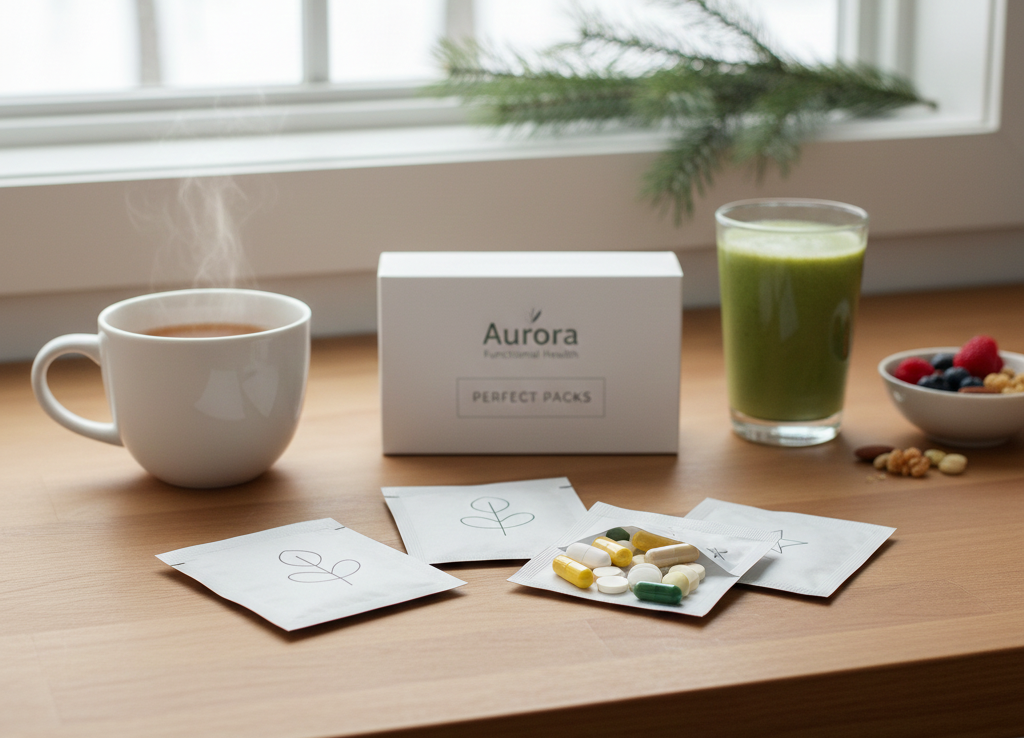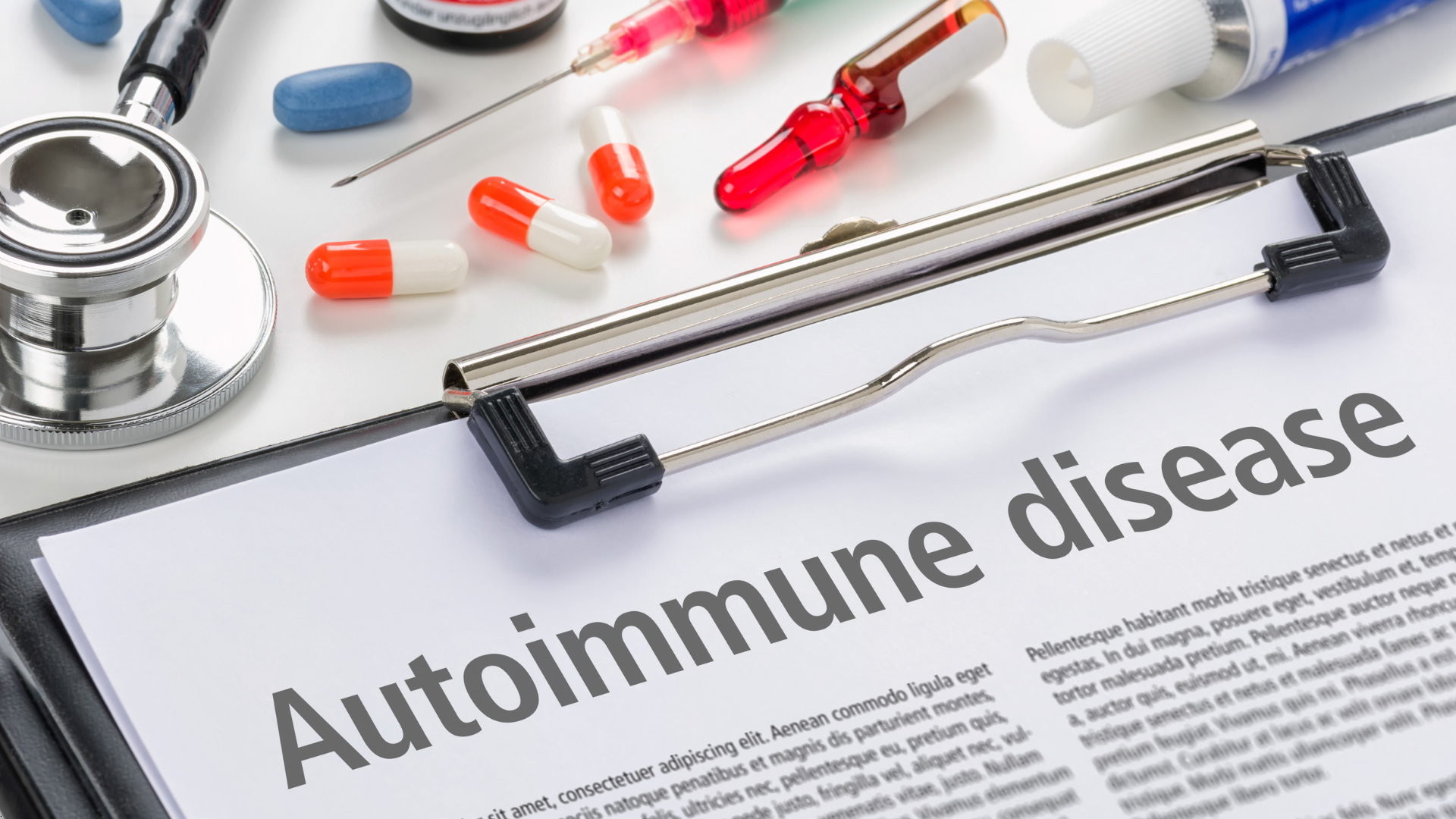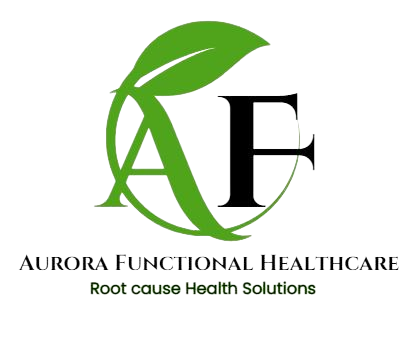The Importance of Eating Low on the Glycemic Index
for Cancer Prevention and Cancer diagnosis nutrition support
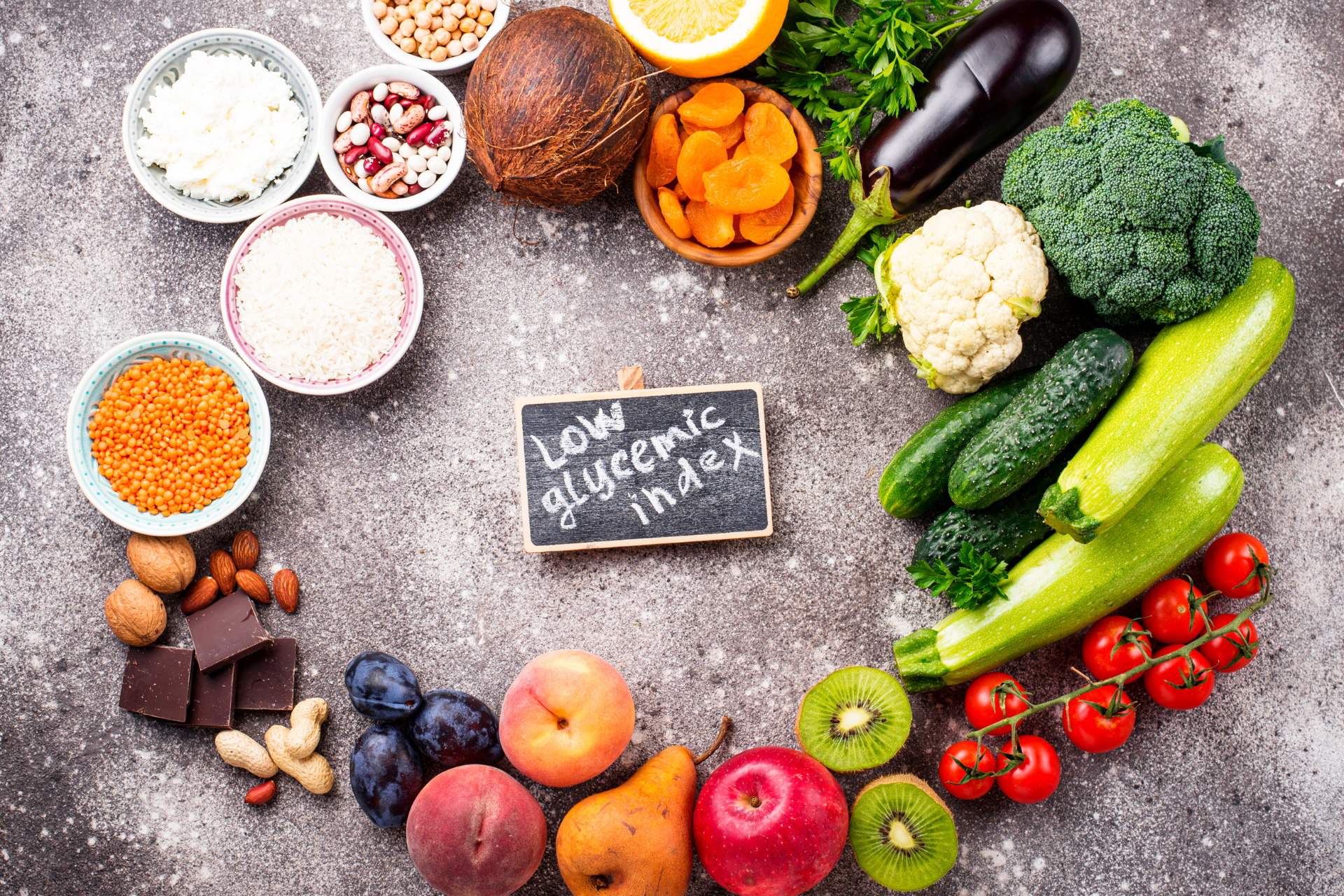
When it comes to maintaining overall health, nutrition plays a crucial role. One of the dietary strategies gaining more attention in recent years is eating foods that are low on the glycemic index (GI). But how does this relate to cancer prevention, and why should you consider adopting a low-GI diet? Let’s dive into the science behind the glycemic index and its potential impact on cancer risk and general well-being.
What Is the Glycemic Index?
The glycemic index is a ranking system that measures how quickly carbohydrate-containing foods raise blood glucose levels. Foods with a high glycemic index are rapidly digested and absorbed, leading to a quick spike in blood sugar. On the other hand, low-GI foods are digested more slowly, leading to a gradual increase in blood sugar.
Here’s a general breakdown of how foods are categorized on the GI scale:
- Low GI: 55 or less (e.g., most fruits, vegetables, legumes)
- Medium GI: 56-69 (e.g., whole grains, sweet potatoes)
- High GI: 70 and above (e.g., white bread, sugary cereals)
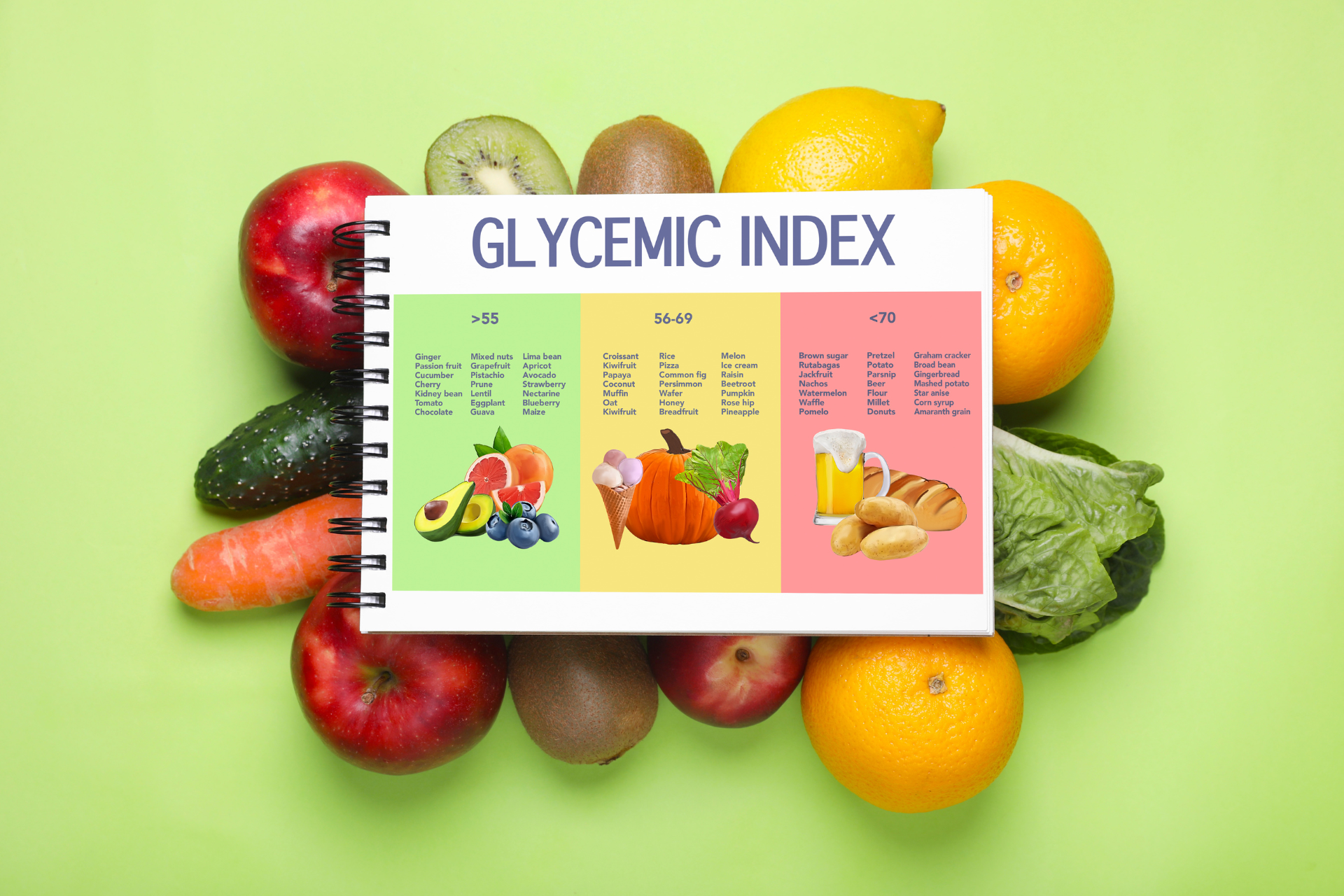
The Glycemic Index and Cancer: How They’re Connected
Research indicates that diet plays a significant role in cancer prevention. While there is no single food that can guarantee protection from cancer, understanding how nutrition impacts the body’s processes can empower individuals to make healthier choices.
Cancer cells, like all cells, require energy to grow and proliferate. However, they tend to rely on glucose for energy in ways that are different from normal cells. Studies have shown that high blood sugar levels (often associated with high-GI diets) may fuel the growth and spread of cancer cells. This could be due to increased insulin levels, which promote cell growth, including cancerous cells. A diet high in refined carbs, such as white bread, sugary drinks, and processed foods, can cause rapid spikes in blood sugar and insulin levels.
In contrast, a diet based on low-GI foods may help regulate blood sugar and insulin levels. By keeping glucose levels more stable, a low-GI diet may help reduce the risk of developing cancer, particularly in those with a genetic predisposition or a history of the disease in the family.
Benefits of a Low-Glycemic Index Diet for Cancer Prevention
- Reduced Insulin Resistance: High levels of insulin in the blood, often caused by high-GI foods, can contribute to insulin resistance, which is linked to an increased risk of certain cancers. A low-GI diet can help keep insulin levels in check, reducing the risk of insulin resistance and subsequent cancer development.
- Improved Inflammation Control: Chronic inflammation is known to play a significant role in the development of cancer. High-GI foods, which cause rapid blood sugar spikes, can trigger inflammation in the body. By eating foods that are low on the GI scale, you can help control inflammation and protect your cells from potential damage.
- Better Weight Management: Obesity is a significant risk factor for various cancers, including breast, colorectal, and pancreatic cancers. A low-GI diet is typically high in fiber, which promotes satiety and helps control weight. By managing your weight more effectively, you can lower your cancer risk.
- Support for Immune Function: A healthy immune system plays an essential role in preventing cancerous cells from growing. Many low-GI foods are rich in antioxidants, vitamins, and minerals that support immune health. For example, fruits like berries, vegetables like spinach, and GF whole grains such as quinoa are all packed with nutrients that may enhance your body’s defense mechanisms.
- Reduced Risk of Type 2 Diabetes: Type 2 diabetes is another risk factor for cancer, especially for cancers like liver, colorectal, and endometrial cancer. A diet low on the glycemic index helps regulate blood sugar levels, which can reduce the risk of developing type 2 diabetes and associated cancers.
How to Eat Low on the Glycemic Index: Tips and Food Choices
Making the switch to a low-GI diet doesn’t mean you have to give up delicious foods. There are many nutrient-dense options that can help regulate your blood sugar and offer cancer-preventing benefits. Here are some practical tips for incorporating low-GI foods into your daily routine:
1. Focus on Whole, Unprocessed Foods
- Vegetables: Leafy greens (spinach, kale), tomatoes, carrots, bell peppers, broccoli, cauliflower, and zucchini.
- Fruits: Apples, berries (blueberries, strawberries, raspberries), pears, cherries, grapefruit, and plums. Be mindful of fruit portions, as some (e.g., watermelon) have a higher GI.
- Whole Grains: Brown rice, quinoa, perl millet and teff are excellent choices over refined grains like white rice or white bread.
- Legumes: Lentils, chickpeas, beans, and peas are high in fiber and protein, making them ideal for a low-GI diet.
2. Swap High-GI Snacks for Healthier Alternatives
- Choose nuts, seeds, or hummus with GF whole-grain crackers over sugary snacks or pastries.
- Try making smoothies with low-GI fruits like berries, kale, and almond milk rather than fruit juices, which can spike blood sugar.
3. Limit Processed and Refined Foods
- Avoid foods made with refined sugars and flours, such as candy, baked goods, and sugary drinks.
- Instead, choose natural sweeteners like stevia or small amounts of honey if you need a sweet fix.
4. Combine Foods for Better Glycemic Control
- Pairing high-GI foods with low-GI foods can help lower the overall glycemic impact of a meal. For example, pair a baked potato with a protein source like grilled chicken and some non-starchy vegetables.
Foods to Avoid or Limit
To reap the cancer-fighting benefits of a low-GI diet, it’s essential to limit foods that cause rapid blood sugar spikes. Some high-GI foods to avoid or consume in moderation include:
- White bread and pasta
- Sugary snacks and pastries
- Soda and sweetened beverages
- Processed cereals and granola bars
- White rice and potatoes
Conclusion: Take Control of Your Health
While eating a low-GI diet alone cannot guarantee cancer prevention, it can certainly support overall health and reduce risk factors associated with the disease. By focusing on whole, nutrient-dense foods and avoiding processed, high-GI options, you can make a meaningful difference in your health and well-being.
Adopting a diet low in glycemic foods is a step towards not only cancer prevention but also better weight management, improved blood sugar control, and overall vitality. Empower yourself with the knowledge to choose foods that nourish and protect your body. Make the shift toward a balanced, low-GI diet today, and give your body the best chance at long-term health.
Here are some examples of foods that are often recommended as part of a cancer-prevention or cancer diagnosed supportive diet:
- Berries (e.g., blueberries, strawberries, raspberries, cherries, blackberries)
- High in antioxidants like vitamin C, anthocyanins, and ellagic acid, which may help neutralize free radicals that can damage cells.
2. Cruciferous Vegetables (e.g., broccoli, cauliflower, Brussels sprouts, kale)
- Contain compounds like sulforaphane, which may help detoxify the body and protect cells from DNA damage.
3. Leafy Greens (e.g., spinach, kale, Swiss chard)
- Packed with vitamins, minerals, and fiber that support immune health and reduce inflammation.
4. Tomatoes
- Rich in lycopene, an antioxidant that may help reduce the risk of prostate cancer and support heart health.
5. Garlic
- Contains sulfur compounds that may help boost the immune system and have anti-cancer properties.
6. Turmeric (Curcumin)
- The active compound in turmeric, curcumin, has been shown to have anti-inflammatory and antioxidant effects, which may help prevent cancer cell growth.
7. Nuts and Seeds (e.g., almonds, walnuts, flaxseeds, chia seeds)
- Full of healthy fats, fiber, and antioxidants that support heart and immune health.
8. Green Tea
- Rich in catechins, especially EGCG (epigallocatechin gallate), which may have anti-cancer and antioxidant properties.
9. Legumes (e.g., beans, lentils, chickpeas)
- High in fiber and antioxidants, which can help regulate blood sugar and reduce inflammation.
10. Citrus Fruits (e.g., oranges, lemons, grapefruits)
- High in vitamin C and flavonoids, which may help with immune function and cell repair.
11. Avocados
- Contain healthy monounsaturated fats, antioxidants, and vitamins that promote overall health and protect cells.
12. Carrots
- Rich in beta-carotene, which can be converted into vitamin A in the body, supporting immune health.
13. Mushrooms (e.g., shiitake, maitake, reishi)
- Known for their immune-boosting properties and potential anti-cancer effects, especially in fighting tumors.
14. Olive Oil
- Contains oleocanthal, a compound with anti-inflammatory and anti-cancer effects, particularly in the Mediterranean diet.
15. Whole GF Grains (e.g.,wild rice, perl millet, teff)
- High in fiber, vitamins, and minerals that can support digestive health and help reduce cancer risk.
16. Pomegranate
- Contains antioxidants and polyphenols that may help protect against cancer cell growth, particularly in breast and prostate cancers.
17. Fish (e.g., salmon, mackerel, sardines)
- Rich in omega-3 fatty acids, which have anti-inflammatory properties and may help reduce the risk of cancer.
18. Beets
- Contain betalains, which have antioxidant and anti-inflammatory effects, potentially helping to reduce cancer risk.
Incorporating these foods into a balanced diet may help promote general health and support the body’s ability to resist diseases, including cancer. However, it’s always essential to work with a healthcare provider to develop a comprehensive care plan tailored to individual needs.
Aurora Functional Healthcare






